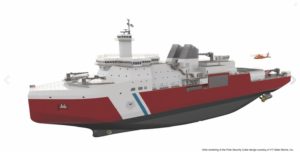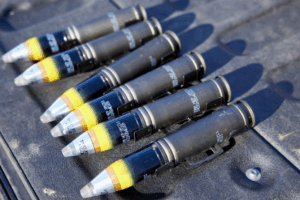
President Donald Trump has tasked his senior national and economic security leadership with assessing the nation’s needs for a fleet of Polar Security Cutters (PSCs) for operations in the Arctic and Antarctic regions, to include nuclear-powered assets, in a surprise memorandum issued June 9. He also directed a study be done on near- and mid-term leasing options for polar icebreakers. The memorandum directs a review of requirements for a fleet of PSCs and related assets that would ensure “a persistent…

 By
By 











